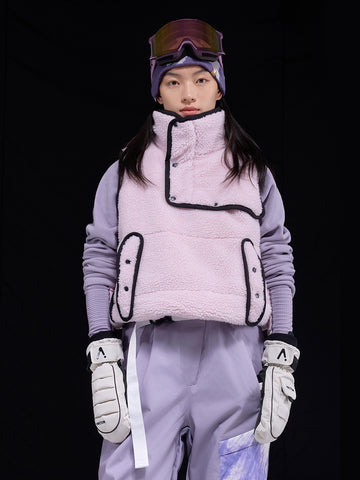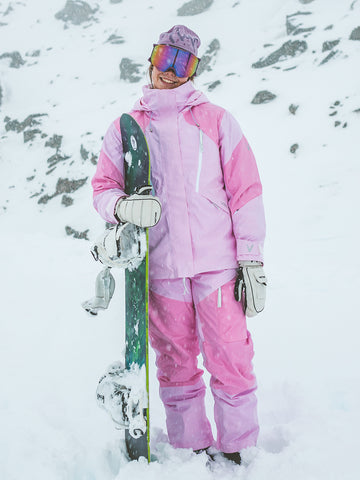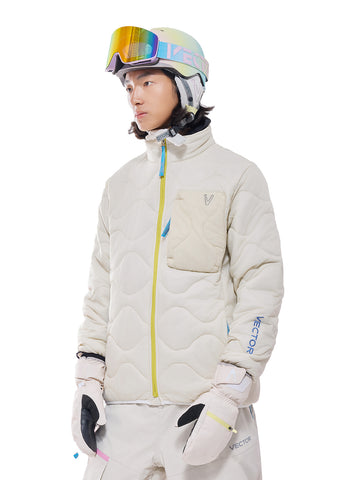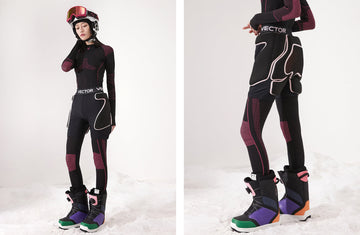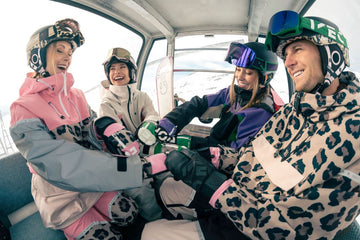When does ski season start ,many people would say "skiing" or "snowboarding" is the most anticipated outdoor activity in winter. Both adults and children can't wait to experience the speed and excitement with the wind whistling past their ears. Is it hard to decide what to wear to snowboard? In order to give you a full understanding, you can check out our snowboarding gear checklist .
There are also many beginners who want to give it a try, so choosing the right equipment is an important part of getting started with snowboarding.How much do you know about the Visible Light Transmission(VLT) of ski goggles? The visibility under different light conditions varies.and the VLT of ski goggles chosen for different weather conditions also varies. Have you really chosen ski goggles with the appropriate VLT?
Children's ski goggles
Adult ski goggles
We provide you with guidance:
-
What is the VLT of ski goggles?
-
The level of the VLT.
-
The relationship between ski goggle lens color and the VLT.
-
How to choose the appropriate VLT for ski goggles?
What is the VLT of ski goggles?
The amount of light to the eye through the lens is called visible light transmission (VLT).You might curious about how ski goggles to handle light transmission. In fact, its principle is very simple and easy to understand. The light transmission rate of ski goggles refers to the proportion of light through the lens. Usually it is expressed in percentage, indicating how many light lenses are passed.For example,VLT: 20% means that it blocks 80%of light, and only 20%of light can penetrate the lens.
The level of the VLT.
As we frolic in the snow, be wary of snow blindness. With a wide variety of ski goggles available on the market, they also come with several different levels of VLT. It is essential to carefully select the appropriate VLT to enhance our snowboarding experience and protect our eyes.
Ski goggles are generally divided into three levels of VLT: S1, S2, and S3. These are suitable for weather conditions characterized by heavy wind and snow, overcast and complex cloudy weather, and clear, sunny weather, respectively. The VLT rating of an individual lens can range from 0% to 100%. A lower percentage suggests that the ski goggles will allow less light to pass through, while a higher percentage indicates that the ski goggles will allow more light to pass through.

The relationship between ski goggle lens color and the VLT.
When choosing ski goggles, it's important to remember that the color and VLT are connected. While the colorful options in the market may look stylish, it's essential to consider the functionality. Typically, specific lens colors align with particular VLT levels. For example, lower VLT levels are often associated with silver, dark grey, and red lenses, while higher VLT levels are commonly found in lenses with amber, green-blue, and red-orange colors.In general, the appropriate lens color and light transmission can provide better adaptability to different light conditions, helping us to cope with various weather situations more effectively.

How to choose the appropriate VLT for ski goggles?
The VLT of ski goggles affects the safety of skiing directly. Appropriate VLT can provide a clear field of vision to help observe the safety of the snow trail and the surrounding environment to improve the safety of skiing, so as to reduce the fatigue of the eyes and feel more comfortable. When skiing, we need to consider the impact of many factors, such as: weather, sunlight and environmental factors to choose the most suitable ski goggles and combinate with personal preference.
In skiing, light transmission determines the adaptability of the lens to different light conditions, vector ski goggles have many choices, the design is stylish, you can choose the light transmission suitable for snow goggles according to our own needs, for your reference:

Style: VLT 18.5% - Denim Strap

Style: VLT 8% - Black Strap

Style: VLT 11.8% - Blue Strap

The above are all suitable for use in sunny, cloudy, and overcast conditions.
Summary
In general, in addition to the influence of the weather, personal preferences and habits will also affect the choice of the VLT. Some people may prefer higher VLT, while others prefer lower VLT. In order to protect our eyes and have a better skiing or snowboarding experience, it is crucial to choose the right VLT for your ski goggles.
FAQ
Q:What kind of VLT is most suitable for all conditions?
A:If you only want to be suitable for ski mirrors under all conditions, you can choose VLT: 25-60%; for bright and sunny environments, you can choose VLT: 5-20%.
Q:Is 11% VLT good?
A:0-19% VLT: Suitable for bright, sunny conditions.
20-40% VLT: Versatile for various uses.
Above 40% VLT: Best suited for overcast and low-light conditions.
Choosing what suits you best according to the specific circumstances is the optimal approach.
Q:Is higher or lower VLT better?
A:Whether a higher or lower VLT is better depends on the specific lighting conditions and individual preferences. A lower VLT is often preferred for very bright and sunny conditions to reduce the intensity of sunlight, while a higher VLT may be favored for overcast or low-light situations to improve visibility. Ultimately, the best choice depends on the particular circumstances and the user's personal needs.
References:
https://shredoptics.com/blogs/news/what-is-vlt
https://kenver.com/blogs/news/what-is-vlt
https://www.gogglesnmore.com/blog/what-does-vlt-mean-for-ski-goggles/
https://www.burton.com/blogs/journal/what-is-vlt/
https://www.curated.com/journal/465000/what-is-vlt-in-ski-goggles



